1. Waxing the Floors with Beeswax

In the mid-20th century, it was common to polish hardwood floors with beeswax to maintain their luster. This was a labor-intensive task that required a careful application of wax followed by buffing with a soft cloth or a special buffer. Many homeowners swore by it as the ultimate way to protect the wood while giving it a glossy finish that was both natural and long-lasting.
Over time, synthetic waxes and polishes took over, offering easier and faster solutions. Despite the rise of modern floor care products, beeswax floors still have a charm that some vintage home enthusiasts continue to cherish.
2. Washing Windows with Newspaper
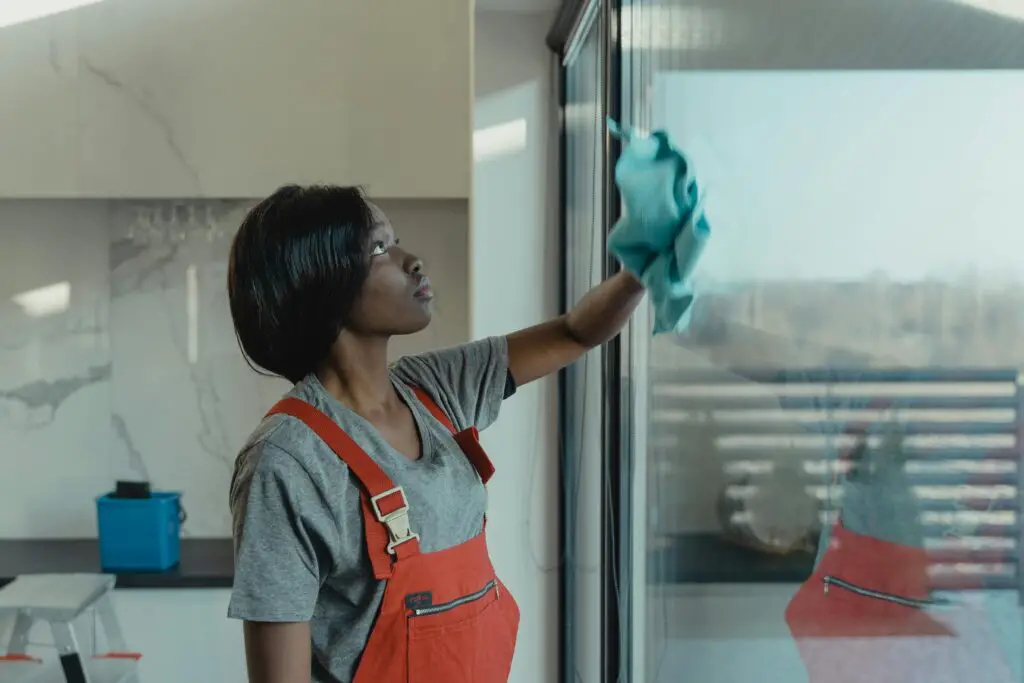
For generations, cleaning windows meant reaching for a roll of old newspaper to polish the glass. The belief was that the newsprint’s texture left windows streak-free, and it was an environmentally friendly way to reuse paper. Homeowners loved the way the ink worked with vinegar or homemade window cleaner to give a crystal-clear shine.
Although microfiber cloths have largely replaced this method, some still swear by the newspaper trick. It’s a nostalgic reminder of times when even cleaning was a bit more resourceful.
3. Using Borax as a Multipurpose Cleaner
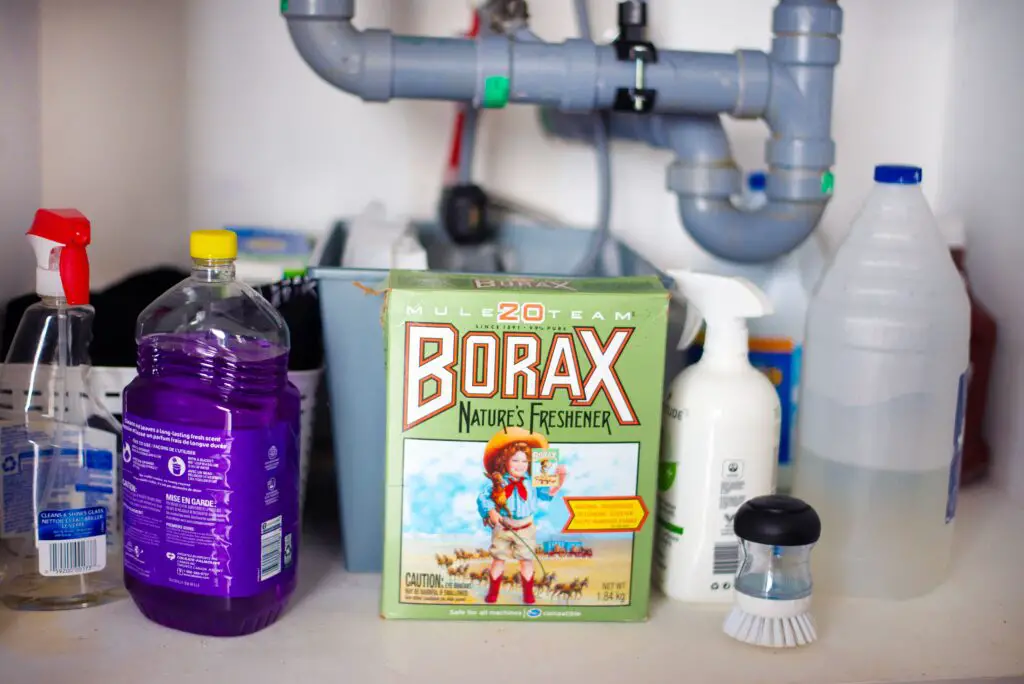
In many households before the 1970s, Borax was the go-to product for almost every cleaning task. From scrubbing the kitchen sink to freshening up the laundry, this mineral-based powder was a miracle worker. People would mix it with water to create a paste or simply sprinkle it on surfaces to lift grime.
While Borax has fallen out of favor in mainstream cleaning, it’s still popular in some eco-friendly circles. It’s seen as a gentler, yet powerful alternative to harsh chemicals in today’s world of over-the-counter cleaners.
4. Shaking Out Rugs with a Beater
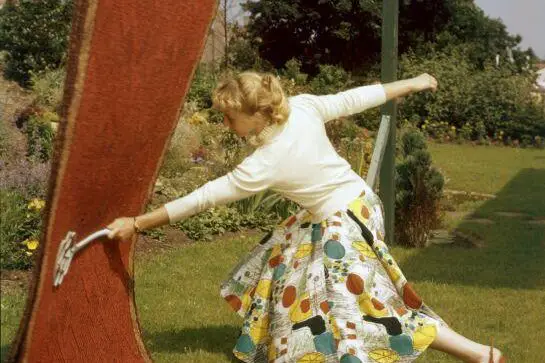
Before vacuum cleaners became standard, homeowners had to get creative when it came to cleaning carpets and rugs. One of the most labor-intensive methods involved hanging rugs outside and beating them with a special beater stick. This ritual was a way to loosen dust and dirt that had settled deep in the fibers, often requiring a great deal of elbow grease.
Today, we rely on vacuums and professional cleaning services, but some people still swear by the therapeutic act of beating rugs outdoors. It’s a satisfying, almost meditative way to clean, reminiscent of simpler times.
5. Using Ammonia to Remove Stains
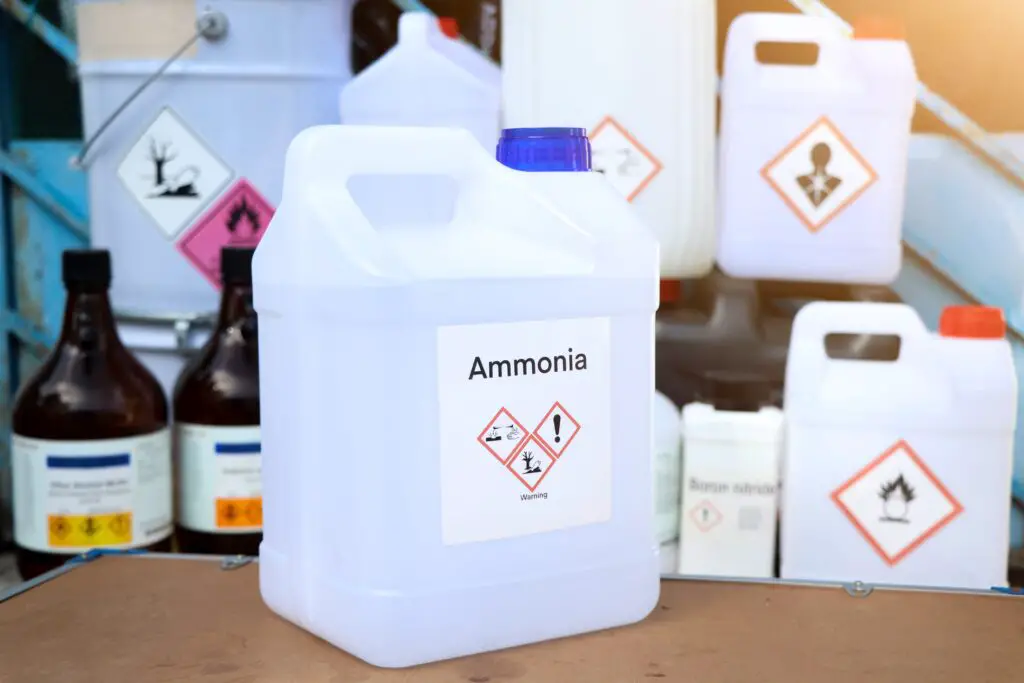
In the mid-20th century, ammonia was a household staple for everything from stain removal to deodorizing the home. People would mix ammonia with water to create a powerful solution for tackling stubborn stains on carpets and upholstery. This was particularly effective for removing oil-based stains, which were notoriously difficult to deal with.
Though ammonia is still used in some modern cleaning solutions, it’s less commonly used due to its strong fumes and potential health risks. However, its legacy lives on in the DIY cleaning world where it’s still prized for its stain-fighting power.
6. Scrubbing with a Toothbrush
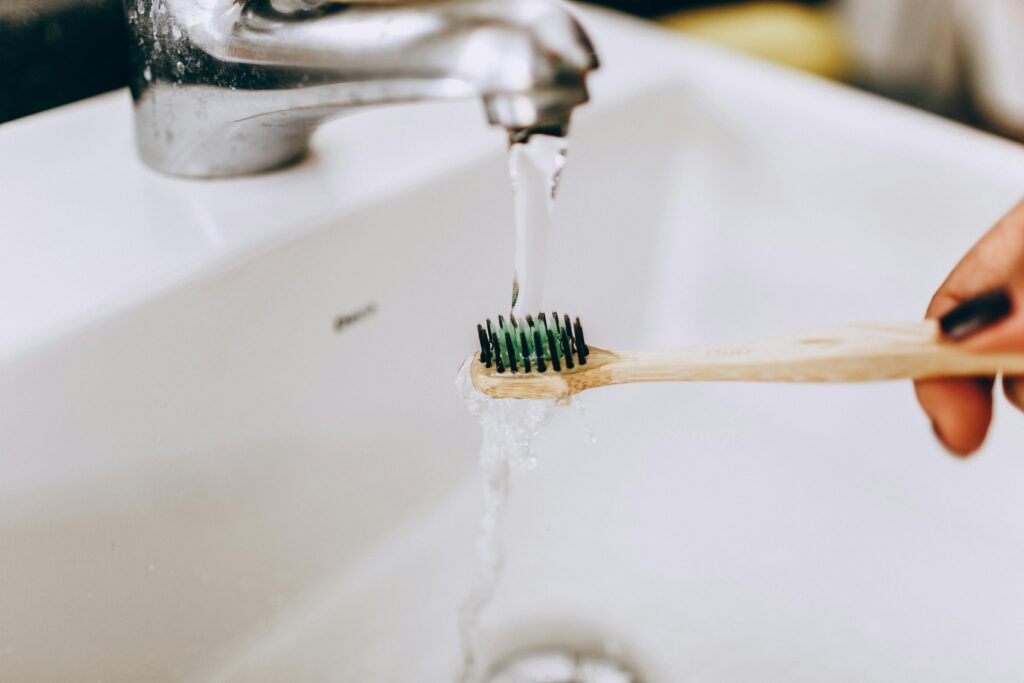
Long before specialized cleaning brushes were invented, an old toothbrush was often the tool of choice for scrubbing small, hard-to-reach areas. Whether it was cleaning grout, around faucets, or the edges of windows, this little brush became indispensable in households across the world. It was inexpensive, readily available, and incredibly effective.
While dedicated cleaning tools have replaced the humble toothbrush in many households, some people still rely on this simple tool for precision cleaning. It remains a favorite for detail-oriented tasks that require extra care.
7. Polishing Furniture with Oil and Vinegar
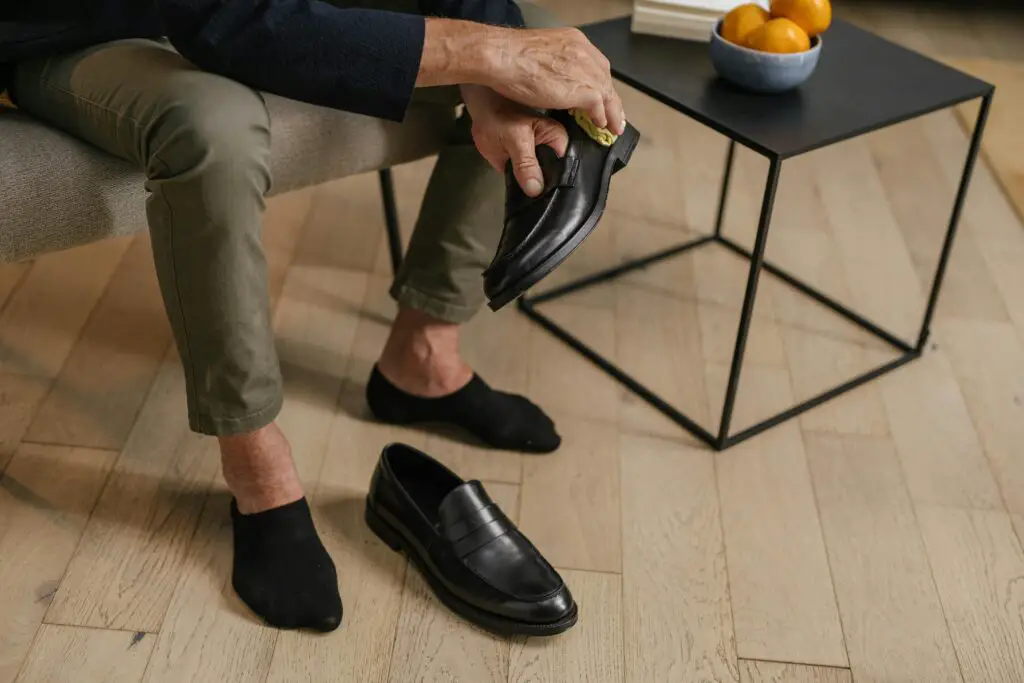
In the days before mass-produced furniture polish, people often relied on a mix of olive oil and vinegar to polish wood furniture. This homemade solution was believed to nourish the wood, restore its shine, and even protect it from scratches. The vinegar helped break down dirt and grease, while the oil provided the finishing touch.
Modern polishes have largely taken over this method, but the oil-and-vinegar combo has enjoyed a resurgence among those who prefer all-natural cleaning products. It’s still an effective way to bring old furniture back to life.
8. Washing Floors with Pine Sol
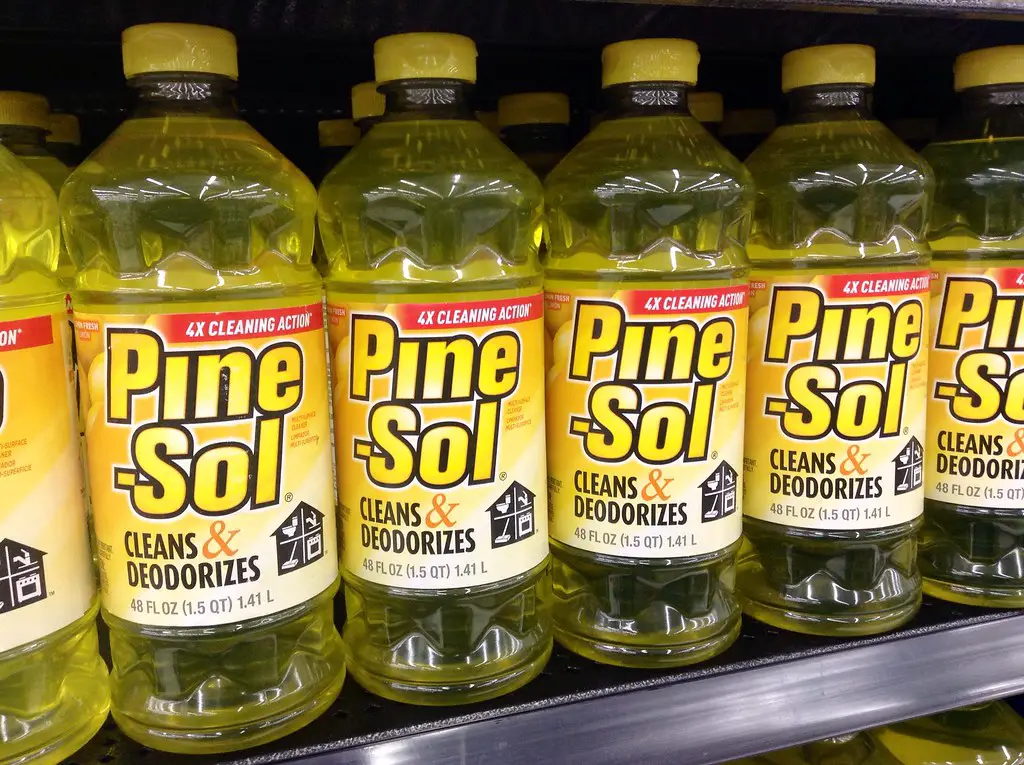
Before there were a myriad of cleaning products for floors, Pine-Sol was a household favorite. It was known for its distinct, fresh scent, which made homes smell like a pine forest after every clean. People would mix Pine-Sol with water for a gentle yet effective way to mop floors, leaving a lasting clean fragrance behind.
Although other floor-cleaning solutions have emerged over the years, Pine-Sol still holds a special place in the hearts of those who grew up with its signature scent. It remains a go-to for some, especially when a classic, fresh scent is desired.
9. Wiping Surfaces with a Damp Cloth
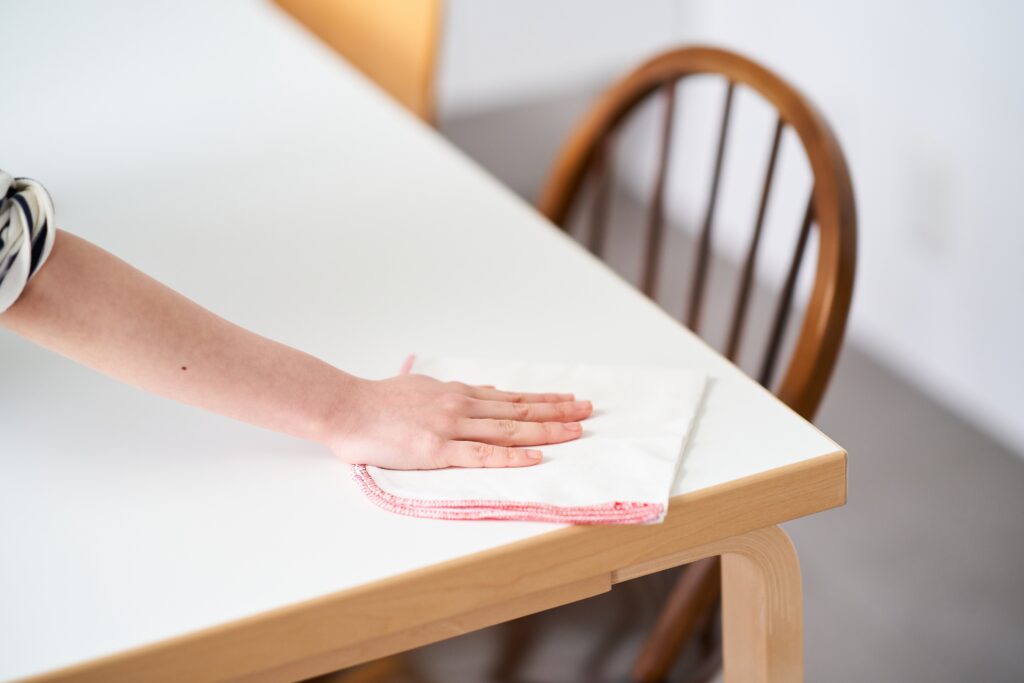
In the era before antibacterial wipes and sprays, wiping down surfaces was done with nothing more than a damp cloth. People would dampen cloths with water and a bit of soap to clean everything from countertops to furniture. The simplicity of this cleaning habit made it one of the most widely used techniques.
While it’s been replaced by more convenient wipes and sprays, some still prefer this old-fashioned approach for a more thorough, non-chemical clean. It’s also a more sustainable option in today’s environmentally-conscious world.
10. Scraping Off Soap Scum with a Razor Blade
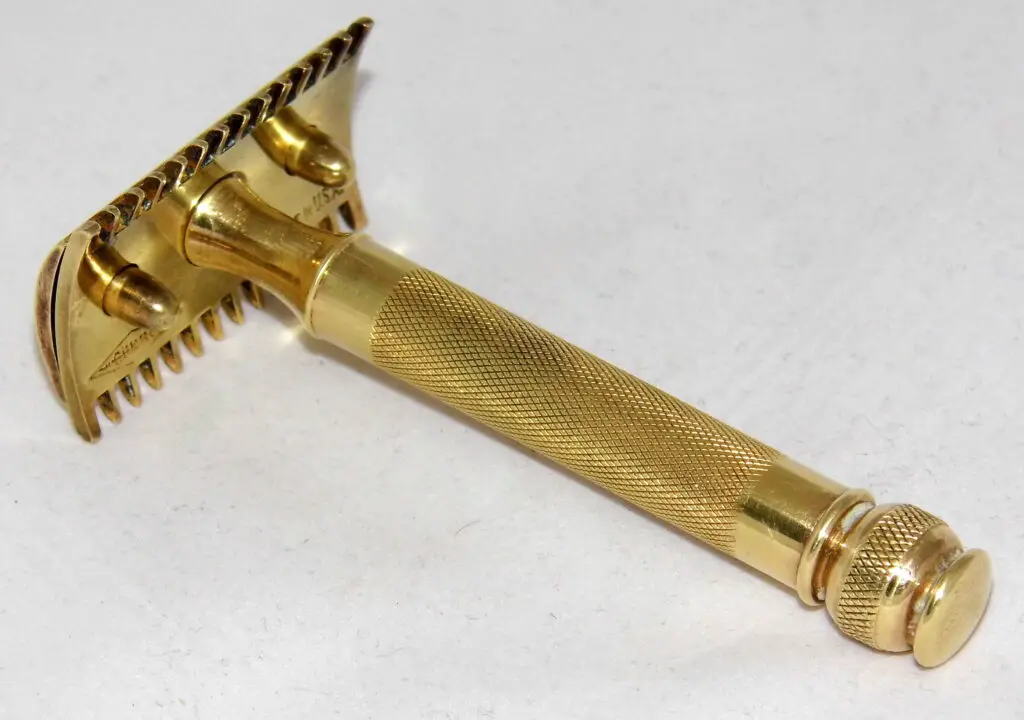
Soap scum buildup in bathtubs and showers used to be a major nuisance. One of the common methods to tackle it was to carefully scrape it off with a razor blade. The thin edge allowed homeowners to remove the hardened soap scum without damaging the surface underneath.
Today, many modern products have been designed to tackle soap scum without the need for sharp implements. However, for the truly stubborn buildup, some still use the razor blade technique to get their tubs and showers sparkling again.
11. Polishing Silver with Baking Soda
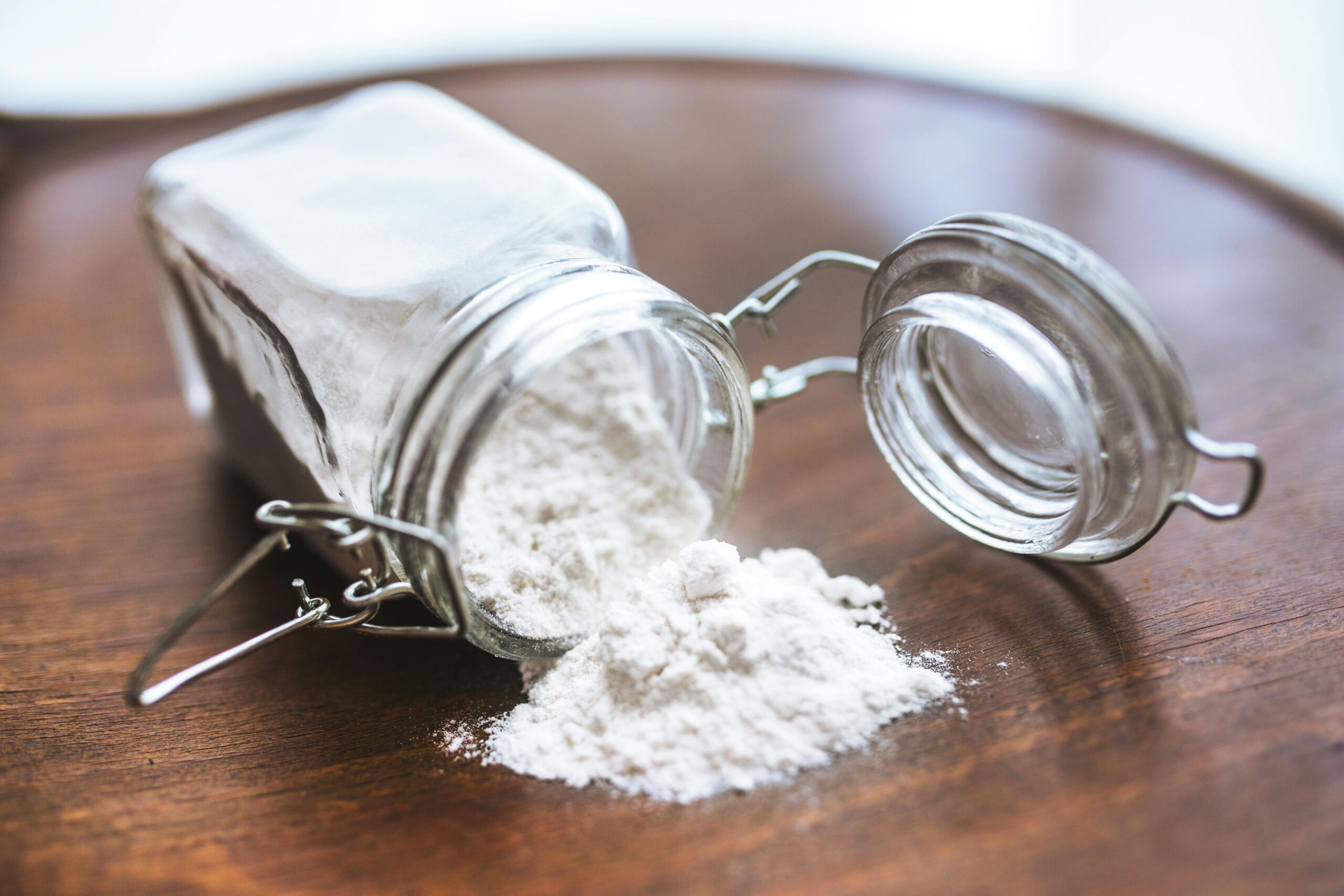
Polishing silver was a painstaking process for many years, with people relying on a combination of baking soda and water to make their tarnished silverware shine again. The mixture would form a paste that could be gently rubbed into the silver to remove tarnish and restore its shine.
Although silver polish creams are now available, baking soda remains a tried-and-true method for cleaning silver without harsh chemicals. Its effectiveness, simplicity, and affordability ensure it remains a popular choice in many households.
12. Dusting with Pledge
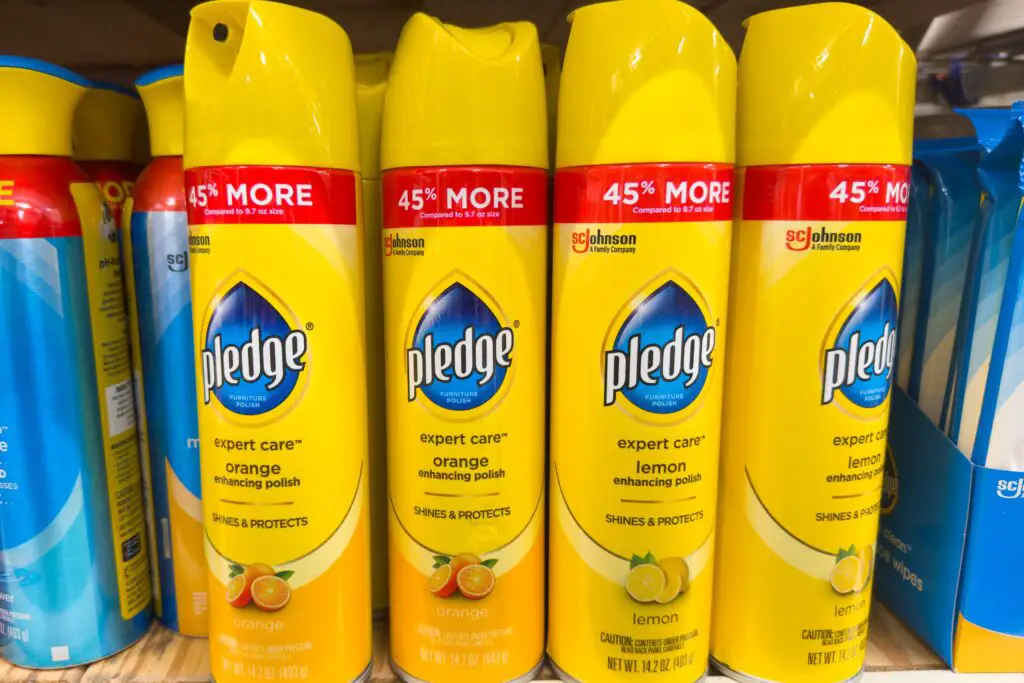
For decades, Pledge was the ultimate go-to product for dusting furniture and leaving a fresh scent behind. People loved its ability to pick up dust, polish surfaces, and create a gleaming finish. The aerosol spray made it convenient for quick cleaning sessions, and it became a staple in homes everywhere.
While other furniture polish products have come and gone, Pledge has remained a strong contender in the market. Its reputation for providing a quick shine and pleasant scent keeps it popular among those who want a fast and effective cleaning solution.
13. Using Salt to Absorb Grease Spills
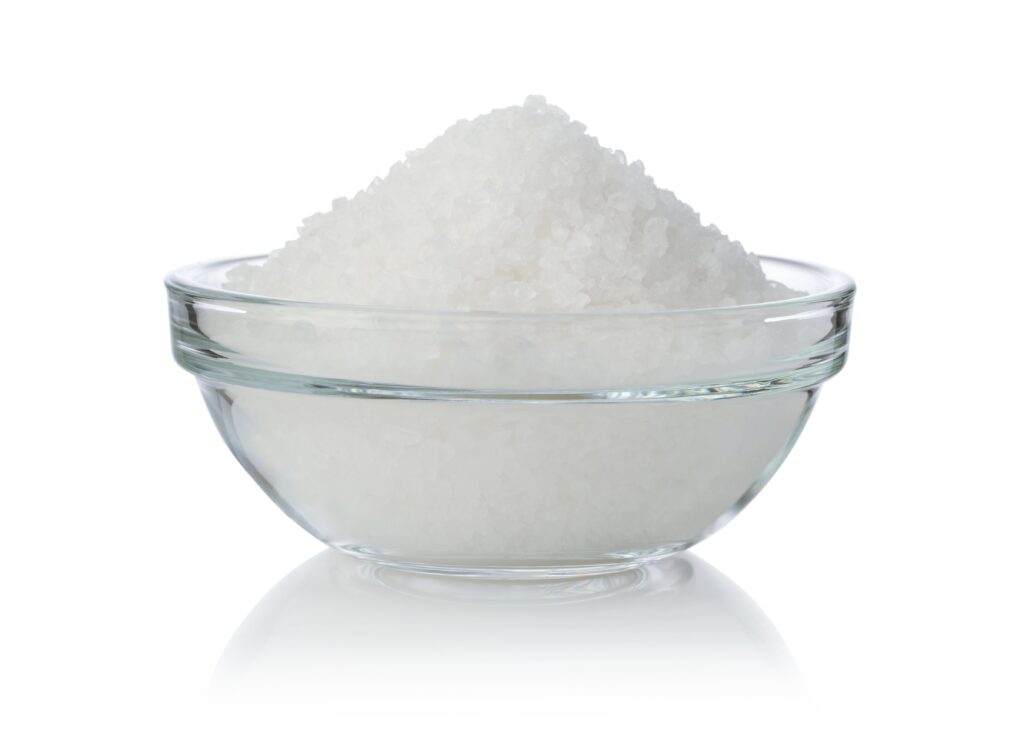
One of the oldest tricks in the book for cleaning kitchen messes involved using salt to absorb grease. People would sprinkle salt on fresh grease spills, and the salt would quickly soak up the oil, making it easier to wipe away. This simple, no-fuss solution was commonly used on countertops and stovetops.
Though modern grease-fighting products have mostly replaced this practice, salt remains a handy tool in the kitchen for quick cleanup. It’s a budget-friendly, natural way to handle messy spills.
14. Cleaning with Lemon and Baking Soda
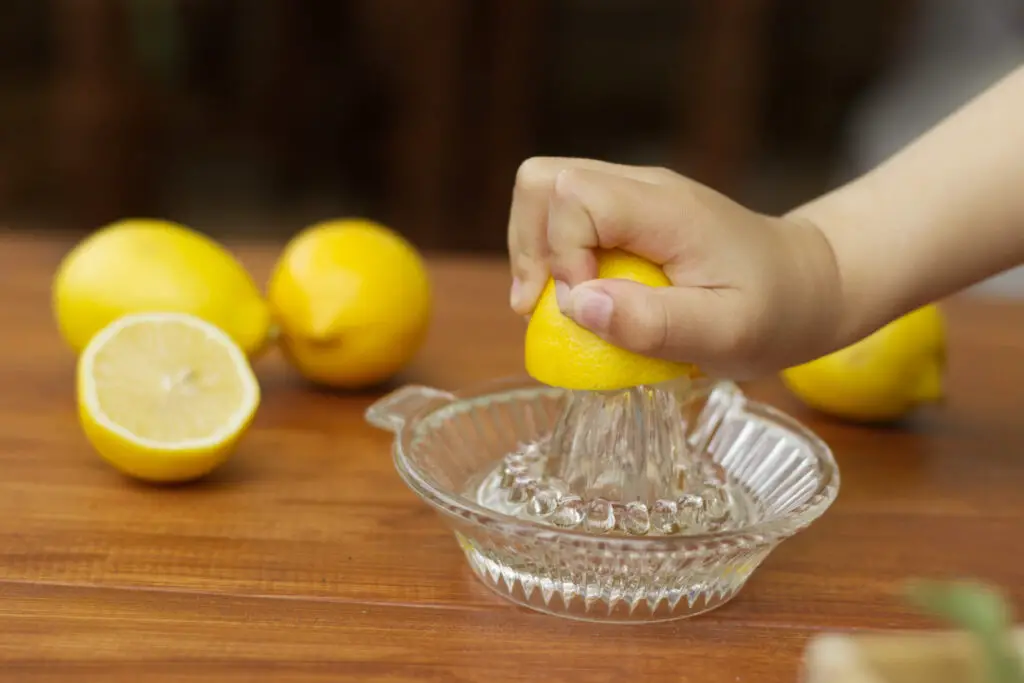
Before fancy commercial cleaning agents took over, lemon and baking soda were popular natural cleaning duo. The acidic lemon juice and the abrasiveness of baking soda made them an excellent combination for removing stains, deodorizing, and tackling grime on various surfaces. Many people used this method to freshen up kitchens, remove odors from the fridge, and even clean sinks and countertops.
Though people now use a wider range of specialized cleaners, this all-natural solution continues to be a favorite for DIY enthusiasts who want a greener approach to cleaning. The power of lemon and baking soda is timeless.
15. Boiling Clothes in a Pot

In the early days, when washing machines were still a luxury for many households, people would boil clothes to disinfect them. This method was particularly common for sheets, towels, and heavily soiled clothing. The boiling water would kill germs and freshen fabrics, with a bit of soap thrown in for good measure.
Today, boiling clothes has mostly disappeared, replaced by modern laundry detergents and washing machines. However, the image of a pot of boiling water on the stove as a cleaning ritual lives on in nostalgia for simpler, hands-on methods.
